Discover Jane Austen's England, from Pemberly to Sanditon
Step into Jane Austen's England
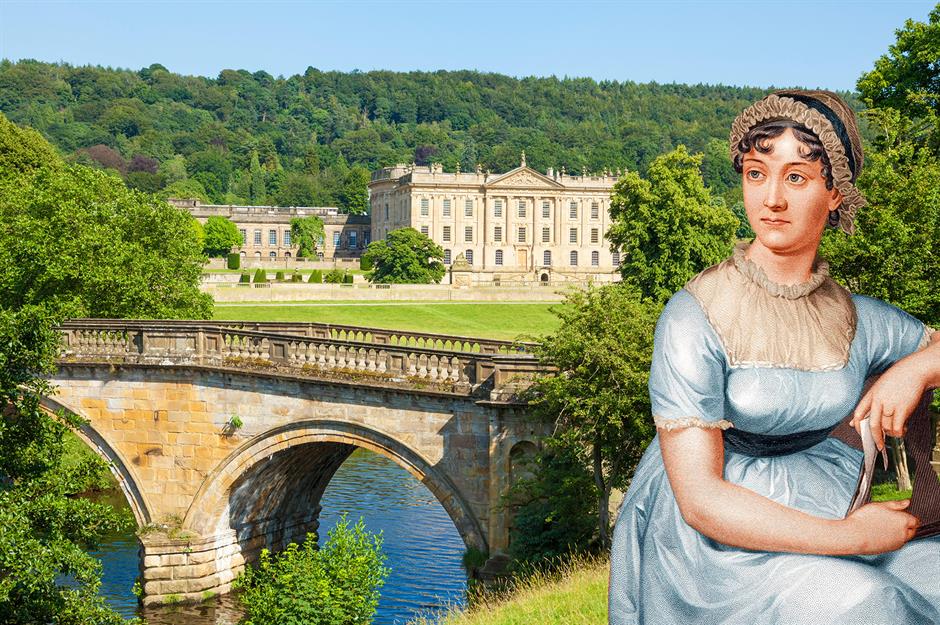
One of England’s most beloved authors, Jane Austen, would have celebrated her 250th birthday in 2025. Even after all that time, Austen’s legacy endures, with countless adaptations of her novels appearing on stage and screen every year.
With shrewd satires, witty characters, and clever plot twists, Austen elevated the genre of Regency romance to an art form still studied by school children and idolised by bibliophiles.
But where did the author herself find inspiration for her enduring novels? Click or scroll to find out…
Jane Austen
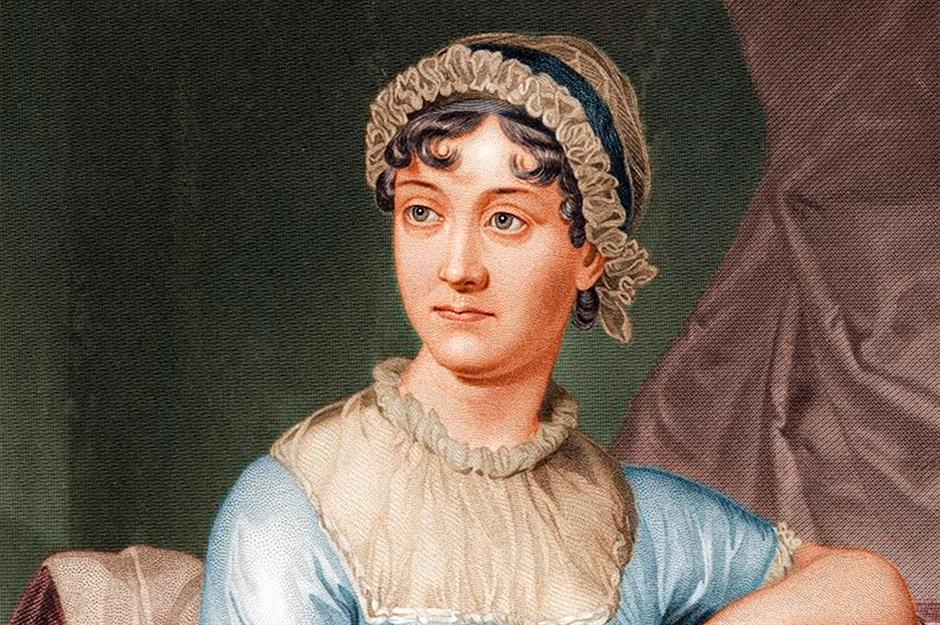
Jane Austen was born in 1775 in the small village of Steventon, Hampshire, to the local rector and his wife. The second daughter and seventh child in a family of eight, Jane was extremely close with her older sister, Cassandra, neither of whom ever married.
Jane’s close-knit family and good education, courtesy of her father, inspired her writing, which was characterised by its focus on ordinary, middle-class rural life, and the comedy of manners which dictated its rules.
Before her death at just 41, Jane had published four novels, though two more would be published posthumously.
Steventon, Hampshire
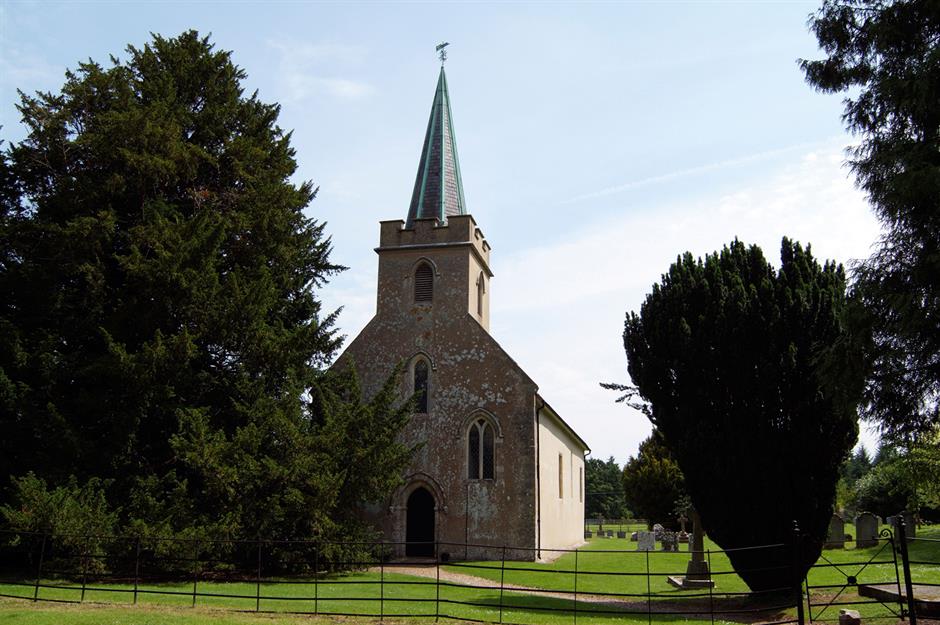
The village of Steventon played a pivotal role in Jane’s early inspiration, and it was here that she completed the first drafts of Elinor and Marianne, First Impressions, and Susan, later published under the more familiar titles of Sense and Sensibility (1811), Pride and Prejudice (1813) and Northanger Abbey (1817).
Jane grew up in the rectory of St Nicholas Church (pictured), where her father served as the rector until he died in 1805. Jane’s familiarity with the clergy and with small parish life proved valuable fodder for several of her novels.
Stoneleigh Abbey, Warwickshire
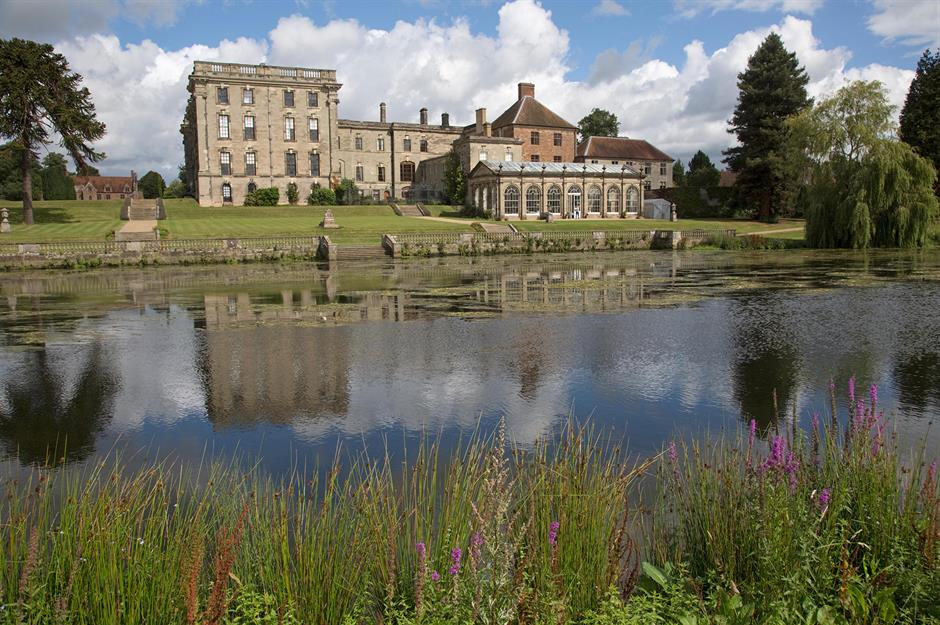
Austen’s extended family, too, provided excellent inspiration for both characters and locations. The imposing Stoneleigh Abbey in Warwickshire, pictured here, had been the ancestral seat of Jane’s maternal relatives, the Leigh family, for nearly 400 years.
In 1806, Jane paid a visit to the impressive mansion along with her mother and sister, accompanied by her mother’s cousin, Reverend Thomas Leigh, a trip which would significantly impact Jane’s novels.
Stoneleigh Abbey, Warwickshire
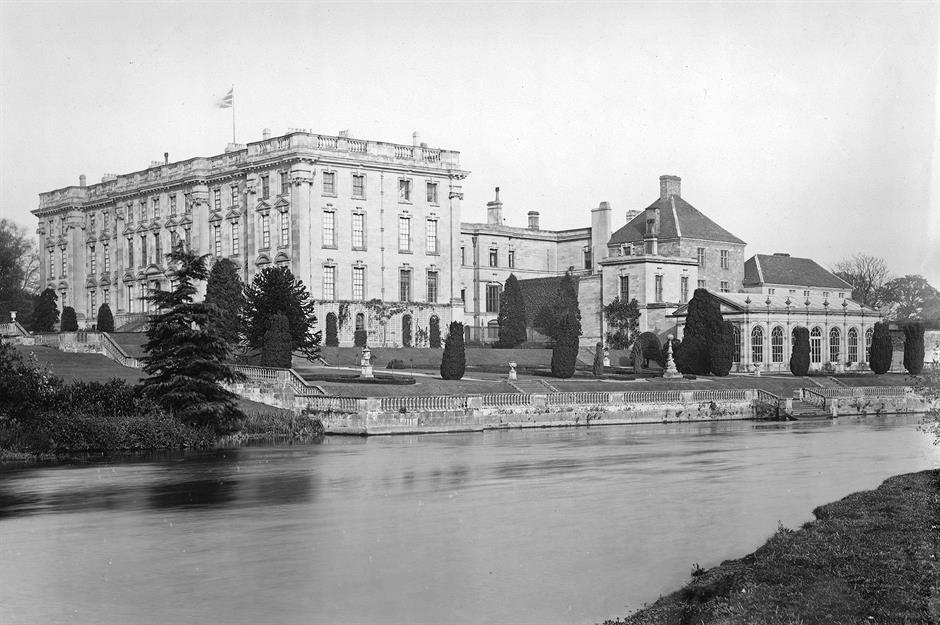
The magnificently gothic Stoneleigh Abbey is comprised of a mix of older monastic buildings joined together by newer construction, much like the manor house Jane would later depict in Northanger Abbey.
Stoneleigh’s chapel, too, bears a remarkable resemblance to the one depicted in Mansfield Park, right down to the red seat cushions in the family gallery.
Today, Stoneleigh Abbey is open to the public, providing visitors access to the house, grounds and interiors that so inspired the 30-year-old Jane Austen.
The Vyne, Hampshire
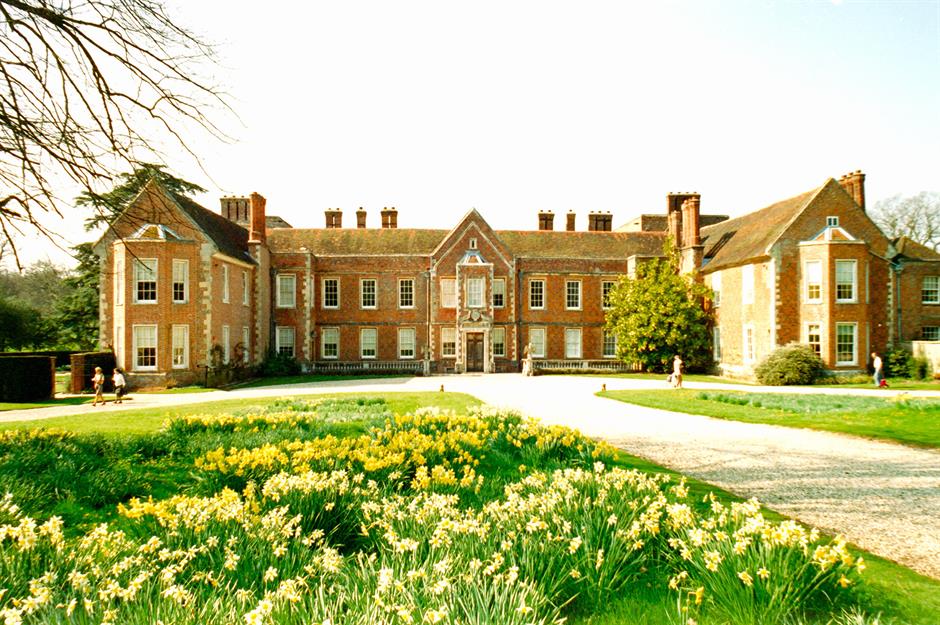
Situated just eight miles from Steventon, The Vyne is a magnificent Tudor mansion which, in the 18th century, was inhabited by the Chute family, with whom Jane’s father George often associated.
Jane’s brother James was also a close friend of Tom Chute, and the pair often went fox hunting together. These connections opened the ornately carved doors of The Vyne to Jane and her sister Cassandra, who are known to have attended dances at the manor house.
The Vyne, Hampshire
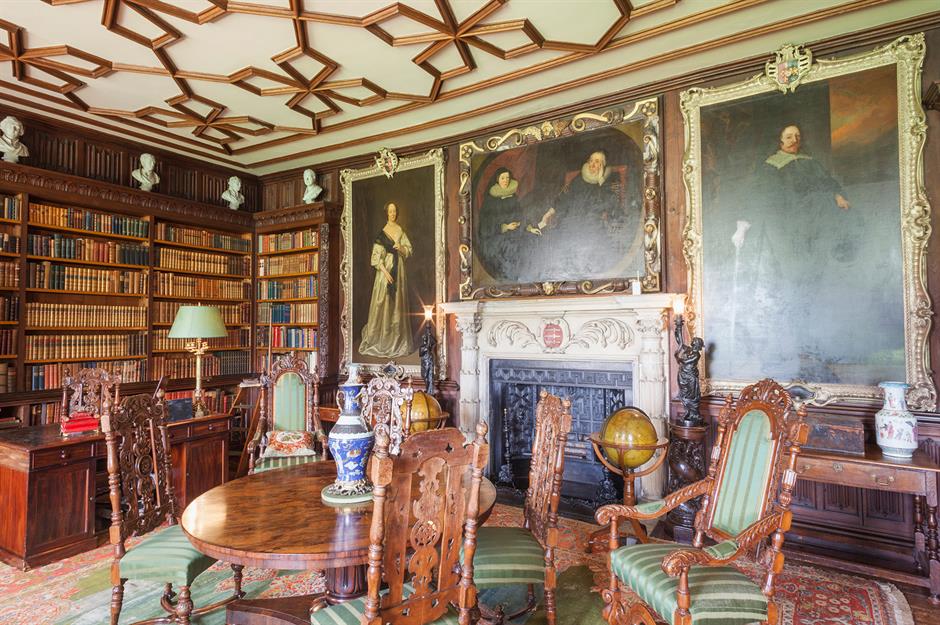
With its gothic interiors, neo-classical entry hall, Tudor oak gallery and spectacular 16th-century wood carvings, The Vyne likely provided a wealth of inspiration for the young Jane Austen.
The country dances she attended with her sister, too, would go on to feature prominently in several of her novels, and may even have provided inspiration for specific characters or interactions.
Jane remained closely connected to the Chute family for the rest of her life, even after the family left Steventon.
Box Hill, Surrey
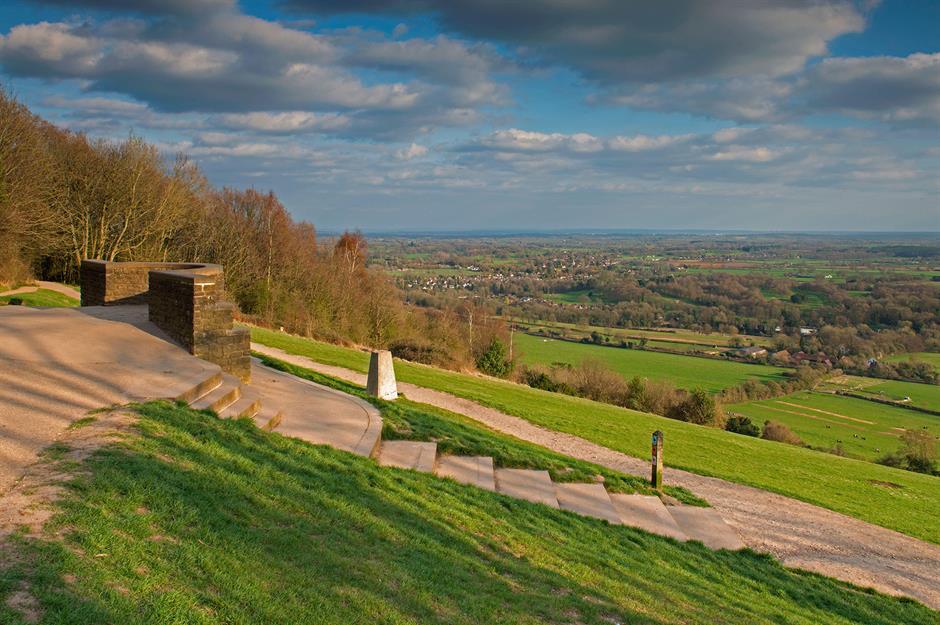
While we can only guess at the inspiration behind many settings in Jane Austen’s works, there is no room for doubt when it comes to her depiction of Box Hill in Surrey, where one of Emma’s most pivotal scenes takes place.
The rolling hillside provides the backdrop for Emma’s telling off by Mr. Knightly after she makes a cruel remark about one of their fellow picknickers, Miss Bates, prompting Emma to reconsider her own feelings for Mr. Knightly.
Jane clearly paid the beautiful spot a visit at some point, to be able to describe it so vividly.
Chawton House, Hampshire
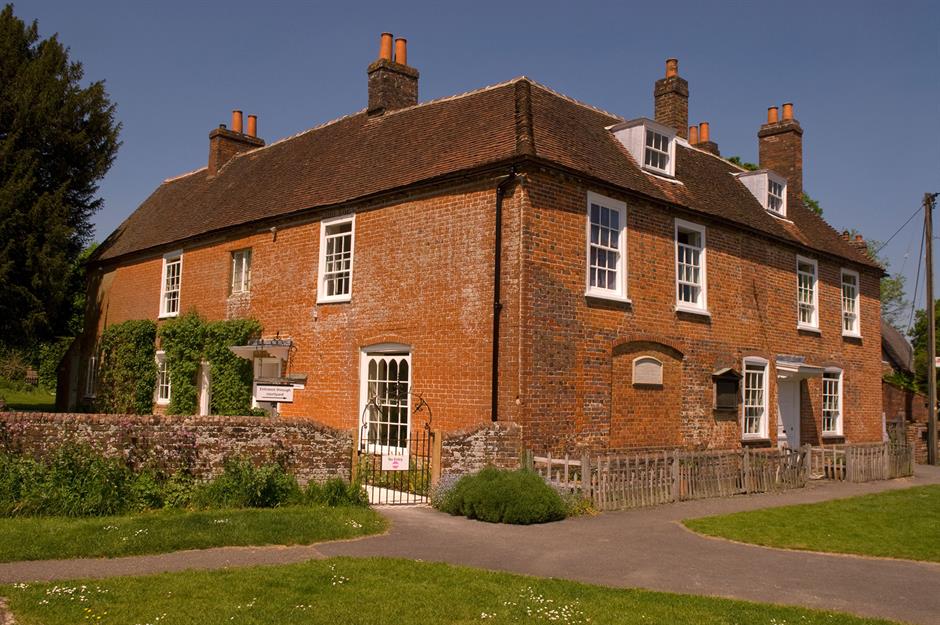
After her father’s death, Jane and her family could no longer inhabit the rectory at St Nicholas, and so, following a period of uncertainty, Jane, her mother and sister moved to Chawton House in Hampshire.
Jane’s brother, Edward, had inherited the elegant country estate through his marriage into the Knight family, whose surname he took. At Edward’s invitation, the Austen women moved into a cottage on the estate grounds, pictured here.
Chawton House, Hampshire
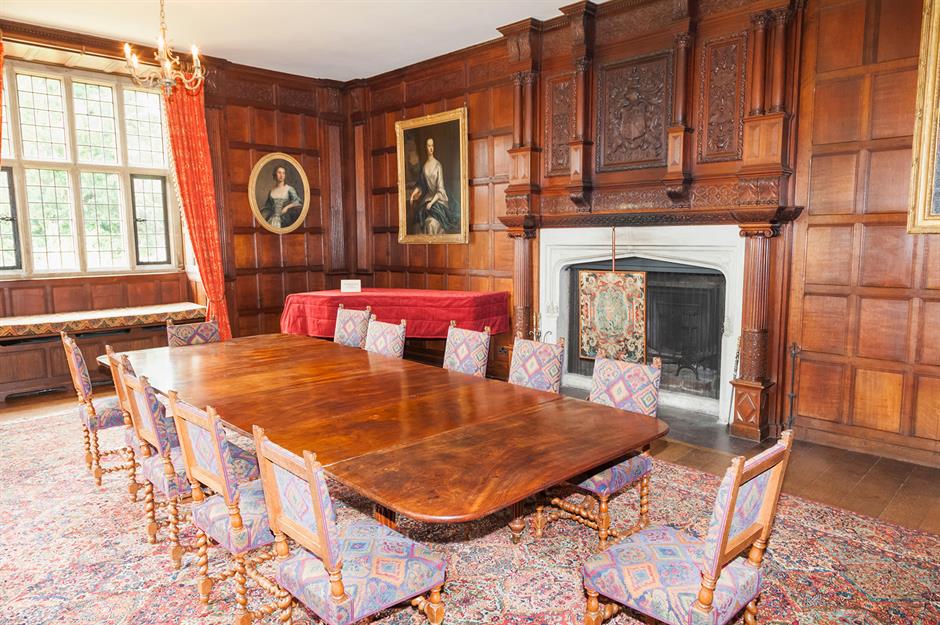
The house was comparatively modest when juxtaposed against the ancestral country seat just 400 metres (1,312ft) away, and Jane and her mother and sister were forced to survive on a limited income, just enough to make ends meet.
It was perhaps this contrast between the magnificent interiors of Chawton House, the stately dining room of which is pictured here, and their own more humble home, which inspired the themes of financial struggle which pervade Jane’s novels.
Chawton House, Hampshire
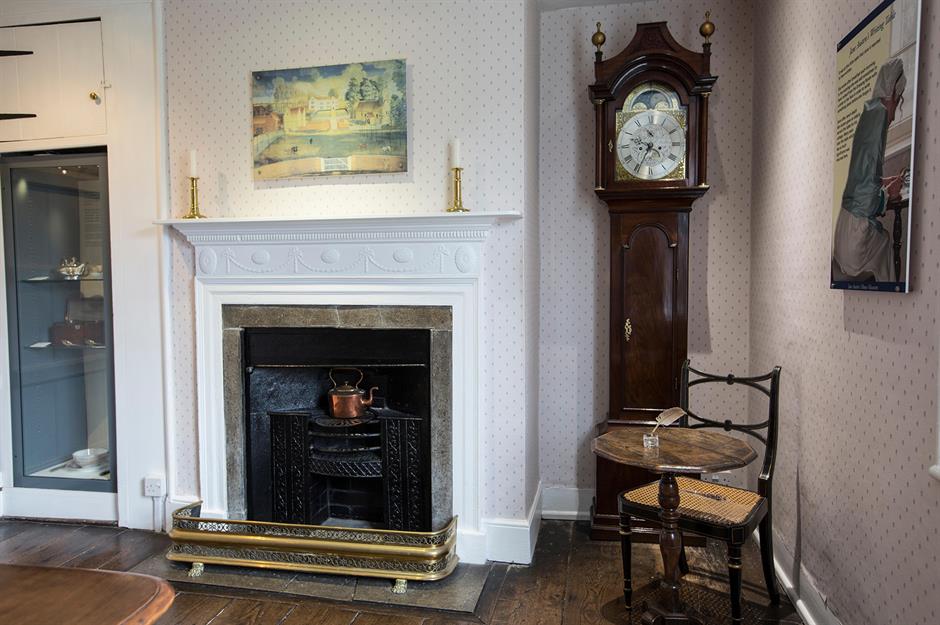
However, at Chawton House, Jane was finally able to focus fully on her writing, enabling her to return to and revise earlier works and dream up new ones, including Mansfield Park, Emma, and Persuasion.
In 1809, Jane wrote a set of verses praising their new home, “Our Chawton home – how much we find/ Already in it, to our mind,/ And how convinced that when complete,/ It will all other houses beat.”
Chawton House, Hampshire
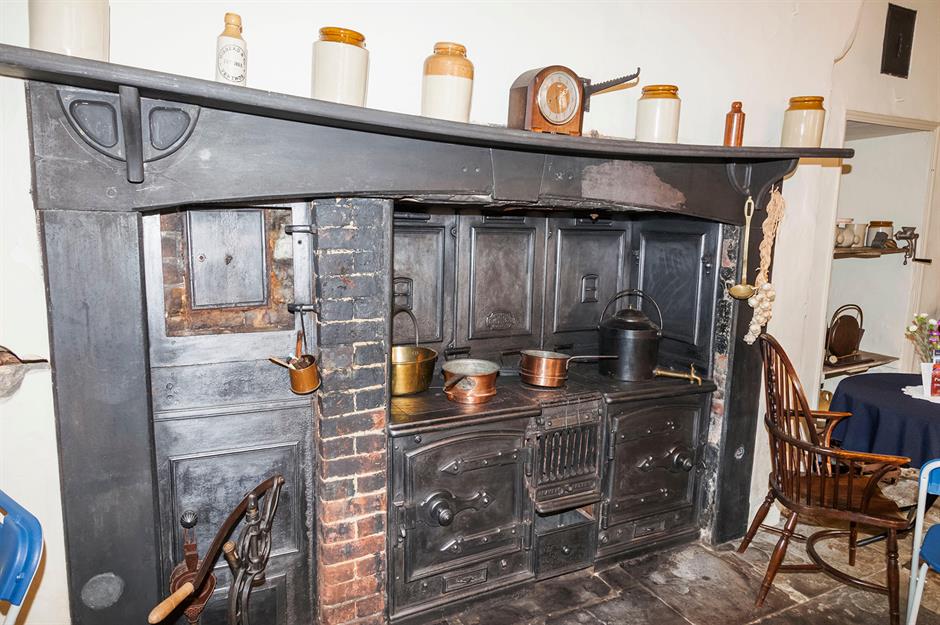
Jane published her first four novels while in residence at the cottage at Chawton House, and even began her final book, initially entitled The Brothers, but later renamed Sanditon.
However, she only managed to finish the first 12 chapters of this novel before her health began to seriously decline, and she was forced to travel to Winchester to receive medical treatment.
Chatsworth House, Derbyshire

However, perhaps the most famous property to be associated with Jane Austen is the imposing Chatsworth House in the Peak District, Derbyshire, which Jane mentions in Pride and Prejudice as one of the estates visited by Elizabeth Bennet before arriving at Pemberley.
However, many believe that Chatsworth served as inspiration for Pemberley itself, the magnificent mansion owned by Mr Darcy, which so dramatically reverses Elizabeth’s thoughts on him as a suitor.
Chatsworth House, Derbyshire
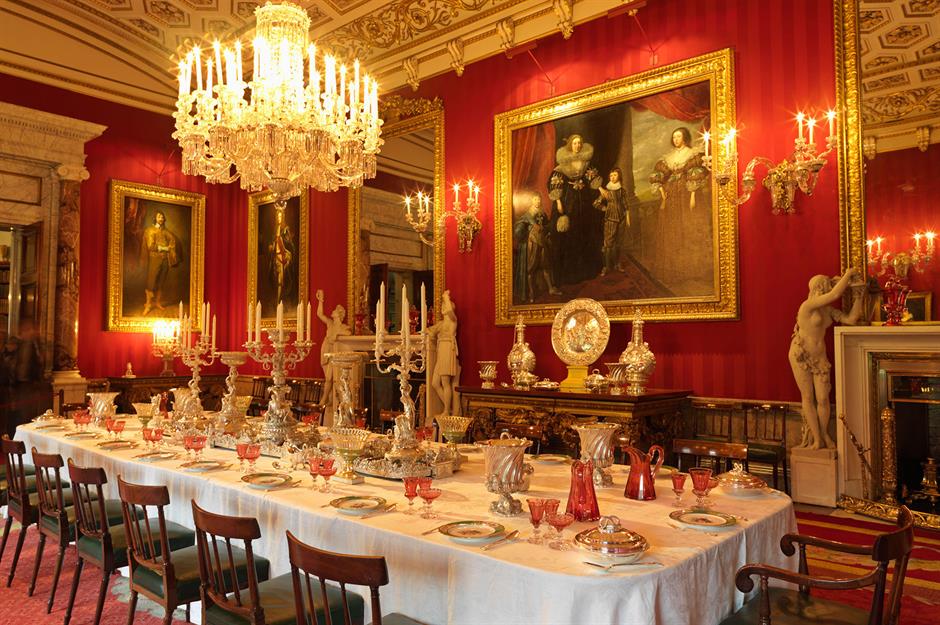
“It was a large, handsome, stone building standing well on rising ground, and backed by a ridge of high woody hills; and in front, a stream of some natural importance was swelled into greater, but without any artificial appearance,” Jane wrote of the fictional Pemberley
All words which could easily be used to describe the real-life Chatsworth, which indeed served as the backdrop for Pemberley in the 2005 Pride and Prejudice adaptation starring Keira Knightley and Matthew Macfadyen.
Chatsworth House, Derbyshire
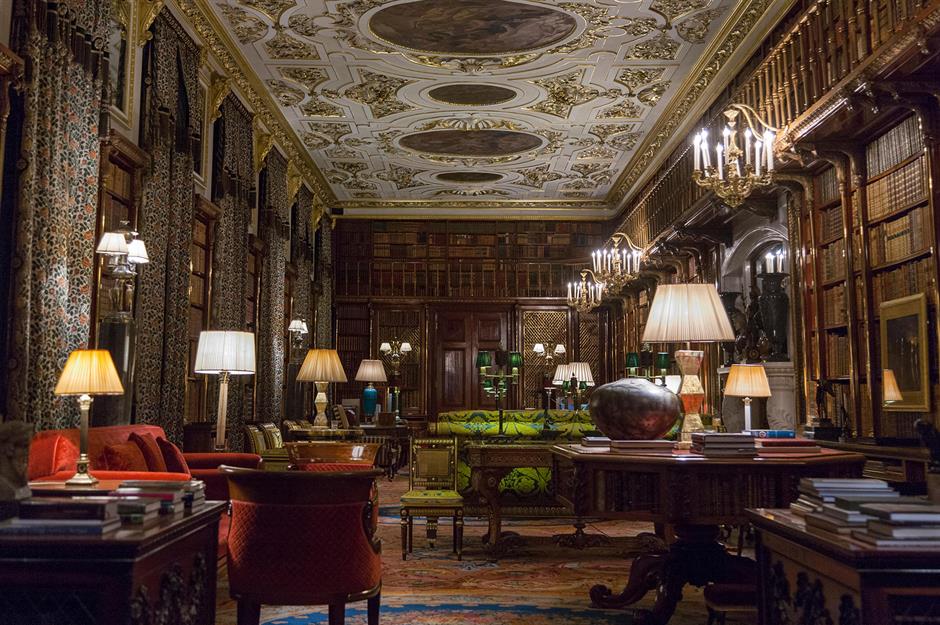
Today, the Grade I-listed Chatsworth is open to the public and operated by the Chatsworth House Trust, which aims to preserve its nearly 500 years of history and prestigious collections of art and antiques.
The estate served as home to the Devonshire family for 17 generations, and boasts a 105-acre (42ha) garden and a 1,822-acre (737ha) park.
Chatsworth House, Derbyshire
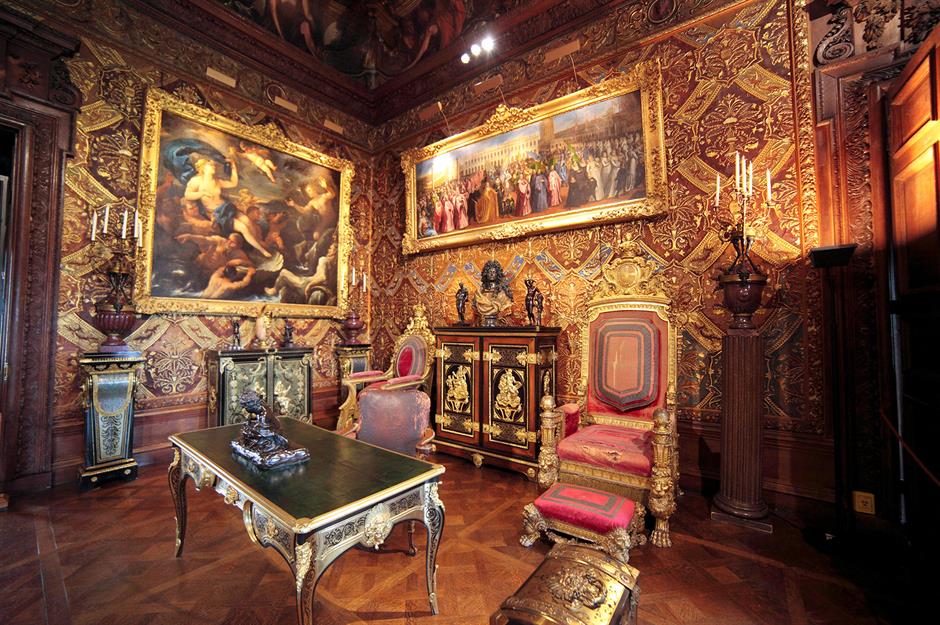
While it is contested as to whether or not Jane ever visited Chatsworth during her lifetime, she was certainly aware of the estate’s existence, which clearly made enough of an impact upon her that she mentioned it by name.
It is certainly not hard to picture her fictional Mr. Darcy and Elizabeth Bennet in these stately halls and ballrooms, nor is it difficult to understand why Lizzy felt more inclined to consider Darcy’s proposal after seeing these spectacular rooms and grounds!
Bath, Somerset
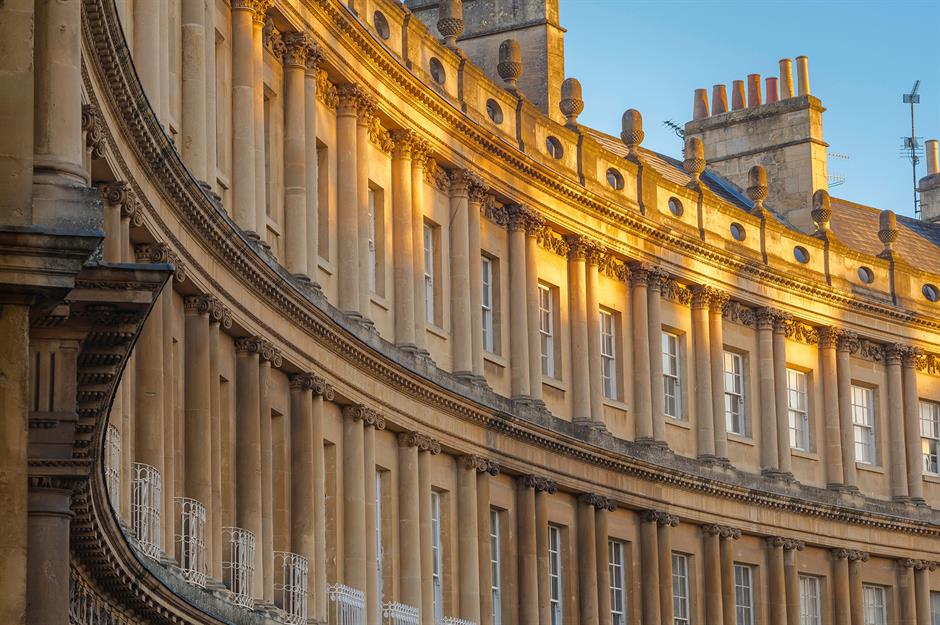
Jane’s father retired from his clerical duties in 1801, whereupon Jane and her family moved to the city of Bath. The move was an unwelcome one to Jane, who, used to the peace and quiet of country life, found the social scene of the big city overwhelming.
The busy “season” offered a variety of entertainments for the upper-middle classes, including balls at the Assembly Rooms and promenades along the Royal Crescent, much of which Jane found tiring.
Bath, Somerset

However, these societal inconveniences provided excellent inspiration for her work. Bath features prominently in several of Jane’s novels, usually in a largely unflattering light.
Jane satirised the Bath social scene in Northanger Abbey, while condemning the economic divides between the ‘haves’ and the ‘have-nots’ in Persuasion.
Drawing on the events she attended and even the streets she lived in, Jane painted a vivid and often condemnatory portrait of the city and its society.
Bath, Somerset
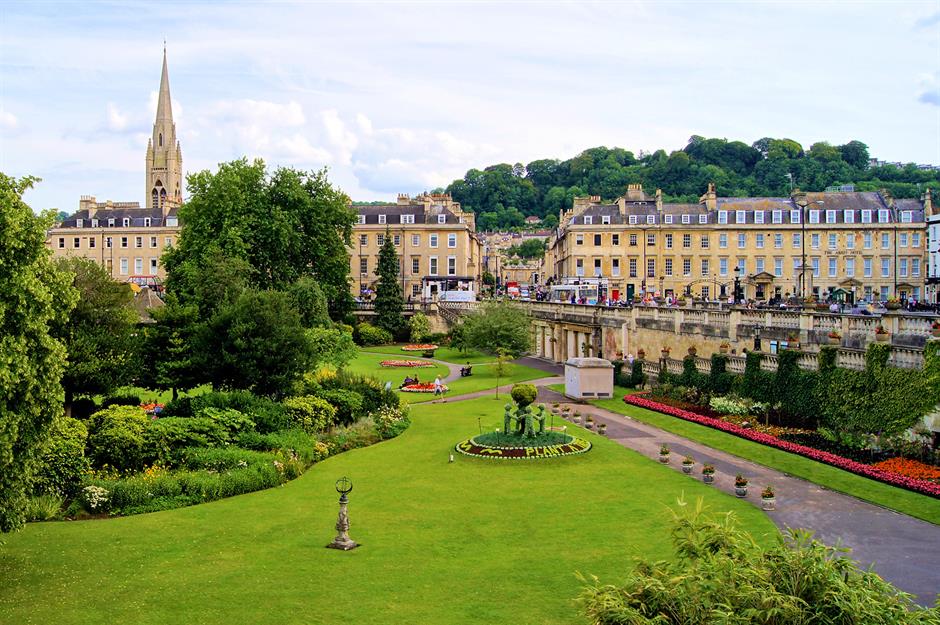
This latter disparity was one Austen herself experienced quite sharply. During their sojourn in the popular spa town, the Austens had several addresses, including 4 Sydney Place, a fashionable home near the Sydney Gardens pleasure grounds.
However, after his death, the family finances became unstable, and so, consequently, did their position in the social hierarchy. They were forced to move to more modest lodgings in Green Park Buildings, Gay Street and Trim Street.
8 College Street, Winchester

Jane spent the final weeks of her life at 8 College Street in Winchester, where she went to receive treatment for what remains an unconfirmed illness, though theoretical diagnoses include Hodgkin’s lymphoma, Addison’s disease or Lupus.
Jane passed away on the 18th of July, 1817, with her faithful sister Cassandra by her side. Her brother would publish Persuasion and Northanger Abbey posthumously later that year, which, combined with her previous work, collated her enduring literary legacy.
Loved this? Now, tour some amazing home conversions around the world
Comments
Be the first to comment
Do you want to comment on this article? You need to be signed in for this feature